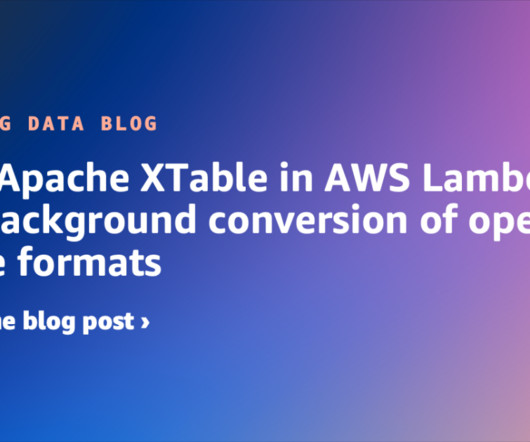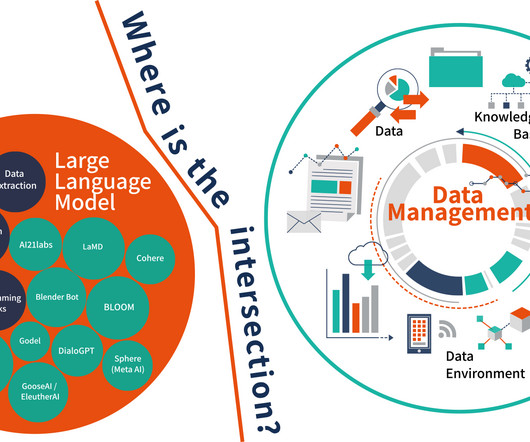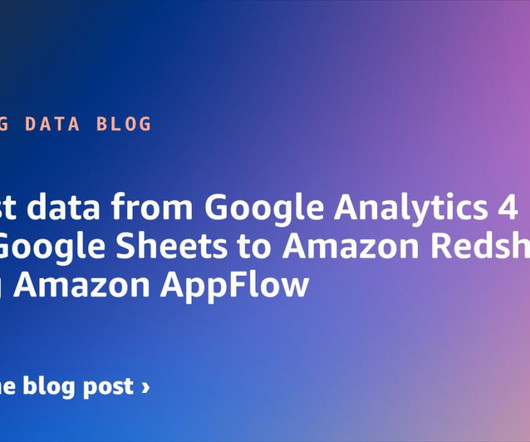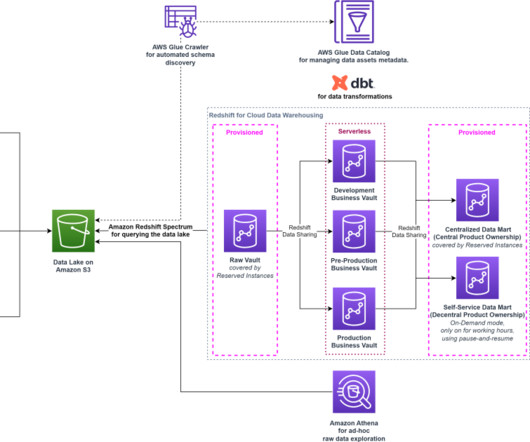Run Apache XTable in AWS Lambda for background conversion of open table formats
AWS Big Data
NOVEMBER 26, 2024
This post was co-written with Dipankar Mazumdar, Staff Data Engineering Advocate with AWS Partner OneHouse. Data architecture has evolved significantly to handle growing data volumes and diverse workloads. detector = _lambda.DockerImageFunction( scope=self, id="Converter", # Dockerfile in.























Let's personalize your content